It's all about the classical music composers and their works from the last 400 years and much more about music. Hier erfahren Sie alles über die klassischen Komponisten und ihre Meisterwerke der letzten vierhundert Jahre und vieles mehr über Klassische Musik.
Total Pageviews
Tuesday, February 13, 2024
Dvořák: 8. Sinfonie ∙ hr-Sinfonieorchester ∙ Manfred Honeck
Monday, February 12, 2024
Moulin Rouge! The Musical perform Lady Marmalade/Welcome To The Moulin Rouge
Benny Andersson – ABBA: 'Thank You For The Music' (Arr. for piano)
Richard Heuberger: Komm mit mir ins Chambre séparée , "Viennese music "
Sunday, February 11, 2024
Top 20 Iconic Broadway Dance Numbers
BUKAS NA LANG KITA MAMAHALIN - Lani Misalucha w/ Filipino American Symphony
Berlioz: Hungarian March from The Damnation of Faust // Sir Simon Rattle
Saturday, February 10, 2024
Top 10 Songs with Harmonies That Give Us Chills
Top 10 Catchiest Songs from Classic Broadway Musicals
Friday, February 9, 2024
Charlie Chaplin: The Fiddle and the Tramp
By Georg Predota, Interlude

Charlie Chaplin in The Vagabond, 1916 © Limelight Magazine
Given the dismal state of his upbringing, it is not surprising that Chaplin was looking for a way out. And initially, Chaplin turned to music. “I had great ambitions to be a concert artist, or, failing that, to use it in a vaudeville act,“ he writes. “Each week I took lessons from the theatre conductor or from someone he recommended. As I played left-handed, my violin was strung left-handed with the bass-bar and sounding post reversed.” Practicing his violin from between four to six hours a day, and combining it with his acting talents, Chaplin had become a rising talent in the English music hall by age 16. And soon his fortune changed as the prestigious Fred Karno Company signed him to an extended contract. On his second American tour, Chaplin was scouted for the film industry and began appearing for Keystone Studios in 1914. For his second camera appearance, Chaplin selected the “Tramp” costume with which he became identified, and by 1926 he was a global phenomenon.
Despite an insanely busy filming schedule, Chaplin always found time to play the violin. A press release of 1917 suggested, “Every spare moment away from the studio is devoted to this instrument. He does not play from notes excepting in a very few instances. He can run through selections of popular operas by ear and if in the humor, can rattle off the famous Irish jig or some negro selection with the ease of a vaudeville entertainer. Chaplin admits that as a violinist he is no Kubelik or Elman but he hopes, nevertheless, to play in concerts some day before very long.” Chaplin’s ambitions to appear on the concert stage seem to have cooled by 1921, as he suggested in an interview. “I used to play my violin a great deal up to a couple of years ago, but since then I’ve hardly touched it. I simply have lost interest in such things.” Maybe realizing that he could not seriously compete on the concert stage, Chaplin turned his attention to writing film music. y
Chaplin had always been interested in composing, and he even started a music publishing company in 1916. Although this venture was not successful, he composed all his scores to motion pictures starting with City Lights in 1931. Since he was not a professional musician, he needed help in creating his scores. Chaplin would sing or play his tunes to the composers Davie Raksin, Raymond Rasch or Eric James, who would further develop and score the tunes. Chaplin composed three hit songs, among them “Smile” written for Modern Times in 1936. Impressively, Chaplin also received an Oscar for his theme to Limelight, awarded “Best Original Score” in 1973. As for his violin performances, Chaplin played twice on screen. In The Vagabond of 1916 he uses his violin to seduce a gypsy girl, and in the autobiographical Limelight of 1952, he played a faded music-hall star. Chaplin was a close friend of Jascha Heifetz, and at a party Heifetz picked up Chaplin’s violin and was unable to play it. Chaplin took the instrument and played some Bach, remarking, “You see! I am made inside out and upside down. When I turn my back on you on the screen you are looking at something as expressive as a face.”
JENNIFER HIGDON Cold Mountain Suite
Eight of the Greatest American Women Composers
However, not all of the composers who contributed to American classical music have been men! On the contrary, many of the best composers in American history have been women.
Today we’re looking at the lives and work of eight American women composers.
Amy Beach (1867-1944)
Amy Beach is widely considered to be the first major American woman composer.
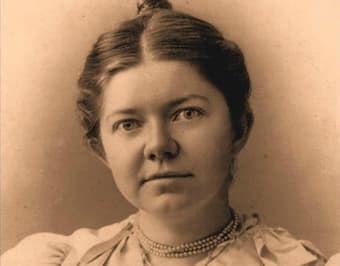
Amy Beach
She was born Amy Cheney in 1867 in New Hampshire. From the beginning, it was clear she was a prodigy. At the age of just four, she composed waltzes in her head while out of the house, then returned home to play them on piano.
She began formal piano lessons with her mother at the age of six. A couple of years later, her family moved to suburban Boston. At fourteen, she briefly studied harmony and counterpoint. This would be her only formal compositional training.
She made a brilliant orchestral debut at 16. But two years later, in 1885, her performing career came to a halt when she married a doctor named H. H. A. Beach, who was twenty-four years her senior.
A condition of the marriage was that she could only perform in public twice a year, and she had to donate any money she earned to charity. Because of this, she began gravitating toward composition.
In 1892, she had her Mass in E-flat Major premiered at the Handel and Haydn Society.
Four years later, the Boston Symphony premiered her Gaelic Symphony, marking the first time a major American orchestra had played a symphony by a woman.
Four years after that, the Boston Symphony premiered her piano concerto.
In 1910, she was widowed, a change in circumstance that granted her freedom to pursue a performing career.
Margaret Ruthven Lang (1867-1972)
Margaret Ruthven Lang was born in Boston to musical parents. Her father was a conductor, pianist, and composer and ensured that she had a good musical education.
In 1886, she went to Munich to study violin. After she returned to America, she studied composition with professors from the New England Conservatory of Music.
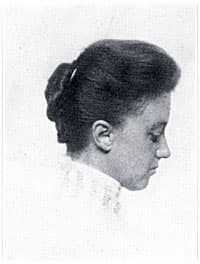
Margaret Ruthven Lang
In 1893, the Boston Symphony premiered her Dramatic Overture, marking the first time a major American orchestra had played a woman’s work. (It just barely beat out Beach’s Gaelic Symphony.)
Sadly, Lang had fierce self-doubts and destroyed many of her manuscripts. It seems likely that her orchestral works were among these.
After her father’s death in 1909, she became less involved with music and more interested in religion, becoming a devoted Episcopalian. Her final work, Three Pianoforte Pieces for Young Players, was published in 1919.
However, she lived for decades more and ended up setting a patron record at the Boston Symphony, having been a subscriber there for 91 consecutive years. She died just short of her 105th birthday.
Florence Price (1887-1953)
Florence Price was born to a Black family in Little Rock, Arkansas. Her father was a dentist and her mother was a music teacher.
From an early age her musical talent was apparent. She gave her first public piano performance at the age of four, and she had her first piece published when she was eleven.
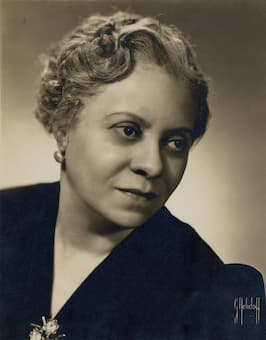
Florence Price © University of Arkansas Libraries Special Collections
She graduated from high school at the age of fourteen and then enrolled at the New England Conservatory of Music.
After graduation in 1910, she returned to Little Rock to teach and start a family. She married a lawyer named Thomas J. Price in 1912 and had three children with him.
To escape the ever-present domestic terrorism of the Jim Crow era, the family moved to Chicago in 1927. Surrounded by the artists that made up the Chicago Black Renaissance, Price returned to her musical career.
She also made a big life change when she divorced in 1931. She remarried the same year to an insurance agent named Pusey Dell Arnett, but the relationship fizzled out. During this time of transition, to make ends meet, she played organ at movie theaters and roomed with friends.
In 1932, her hard work paid off when she won the Wanamaker Foundation Award for her Symphony in E-minor. The following year, the Chicago Symphony performed the symphony, making it the first time a Black woman had seen her work played by a major American orchestra.
Florence Price died in 1953 of a stroke. She has been experiencing a revival over the past few years in America as audiences are rediscovering her charming, deeply moving work.
Ruth Crawford Seeger (1901-1953)
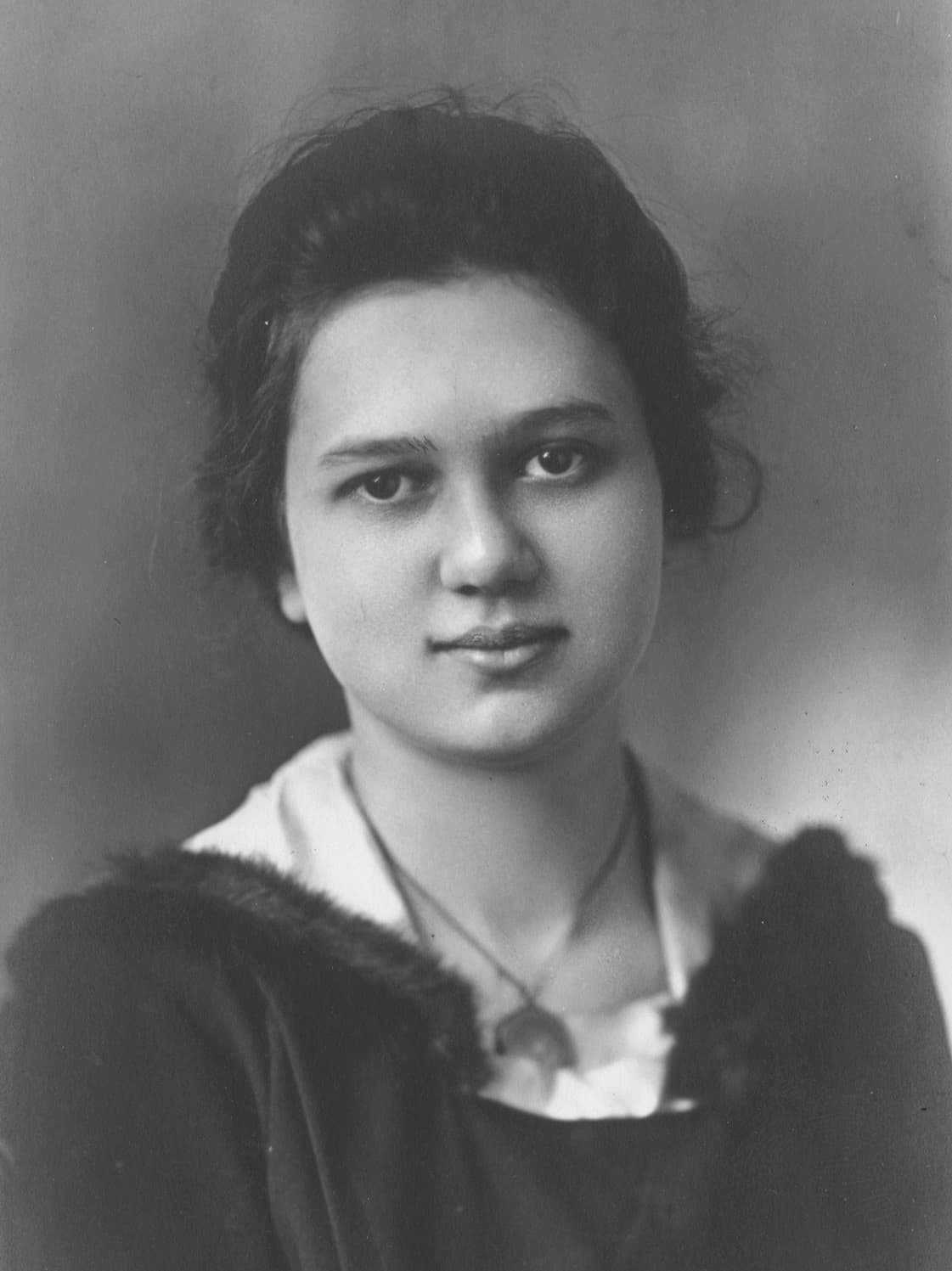
Ruth Crawford Seeger
Ruth Crawford Seeger was born in Ohio in 1901. Her minister father died young and her mother was forced to open a boarding house to make up for the loss of his income.
In 1907 she began piano lessons, and after high school, she settled on a musical career.
In 1921 she moved to Chicago and began attending the American Conservatory of Music. She earned her bachelor’s and master’s degrees there between 1921 and 1929.
After her graduation, she became the first woman composer to receive a Guggenheim Fellowship. She used the money to study in Paris and Berlin.
In 1932 she married her composition teacher, Charles Seeger, who was fifteen years her senior. From 1933 to 1943 she had four children with him.
Her most famous works date from between 1930 and 1933, when she was writing fearlessly modernist works that embrace dissonance and serial techniques.
She died of intestinal cancer in 1953.
Margaret Bonds (1913-1972)
Margaret Bonds was born Margaret Majors in Chicago. Her parents were a Black doctor and his church musician wife, who divorced when she was four. She took her mother’s maiden name and became known as Margaret Bonds.
Margaret was a prodigiously gifted child who wrote her first piece of music at the age of five. In high school, she studied composition with Florence Price and William Dawson.
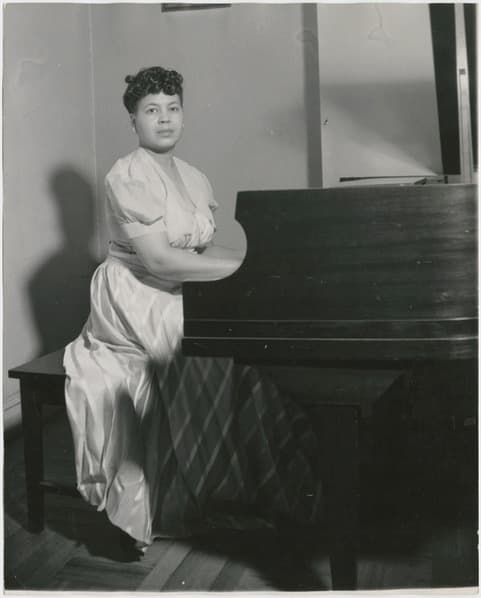
Margaret Bonds
In 1929, when she was sixteen, she began studying at Northwestern University, where she earned her master’s degrees in piano and composition. The atmosphere at the school was deeply racist and difficult for her to endure.
While at Northwestern, in 1933, she soloed with the Chicago Symphony, becoming the first Black person to ever do so.
In 1939, with her degrees from Northwestern in hand, she moved to New York City to go to Juilliard. She married a probation officer in New York in 1940.
Bonds was good friends with poet Langston Hughes and they collaborated on a variety of creative projects over the years.
She also spent time creating projects that would uplift Black artists and the wider community.
In 1964 she composed one of her most ambitious works, the Montgomery Variations, which graphically portrayed the violence and resilience of the 1960s civil rights movement. She dedicated the work to Martin Luther King, Jr.
In 1966, she moved to Los Angeles, where she died in 1972.
Julia Perry (1924-1979)
Julia Perry was raised in Kentucky and Ohio.
She studied voice, piano, and composition at Westminster Choir College. She continued her postgraduate studies at the Berkshire Music Center and Juilliard.
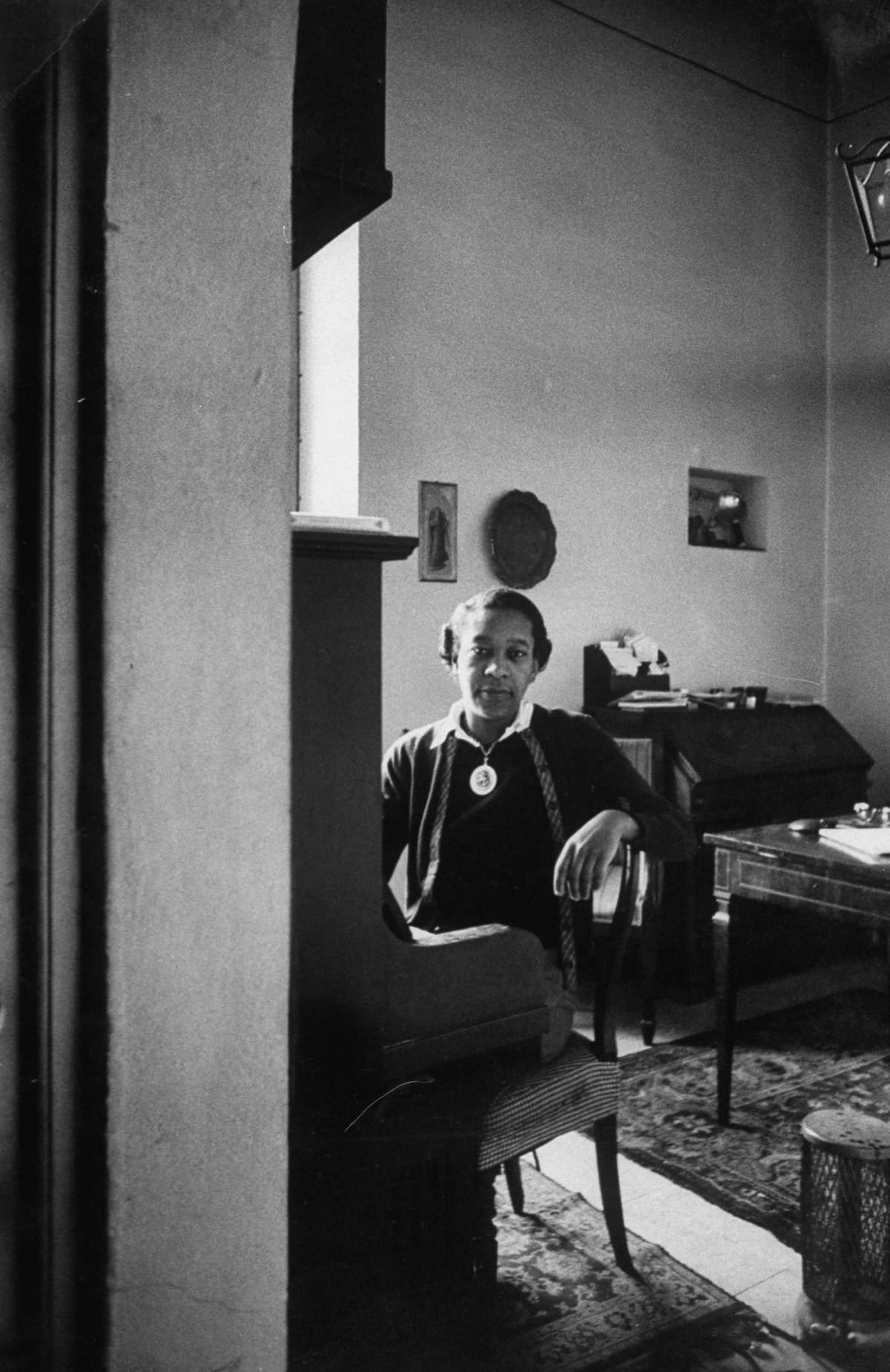
Julia Perry
In 1952 she traveled to Paris to study with legendary teacher Nadia Boulanger. She spent a little over five years in Europe, then returned to America, where she became a teacher herself.
She preferred to write for voice, and wrote several incredible works in vocal genres, including her Stabat Mater. But she also wrote great works for instrumental ensembles, too, including twelve symphonies, two piano concertos, and a violin concerto.
At the time of her death she was working on an opera, which remains unfinished.
Jennifer Higdon (1962-)
Jennifer Higdon was born in Brooklyn, New York, to a painter and his wife, and raised in Georgia and Tennessee.
She didn’t listen to much classical music as a child, and only began playing an instrument in high school, when she started learning percussion and flute.
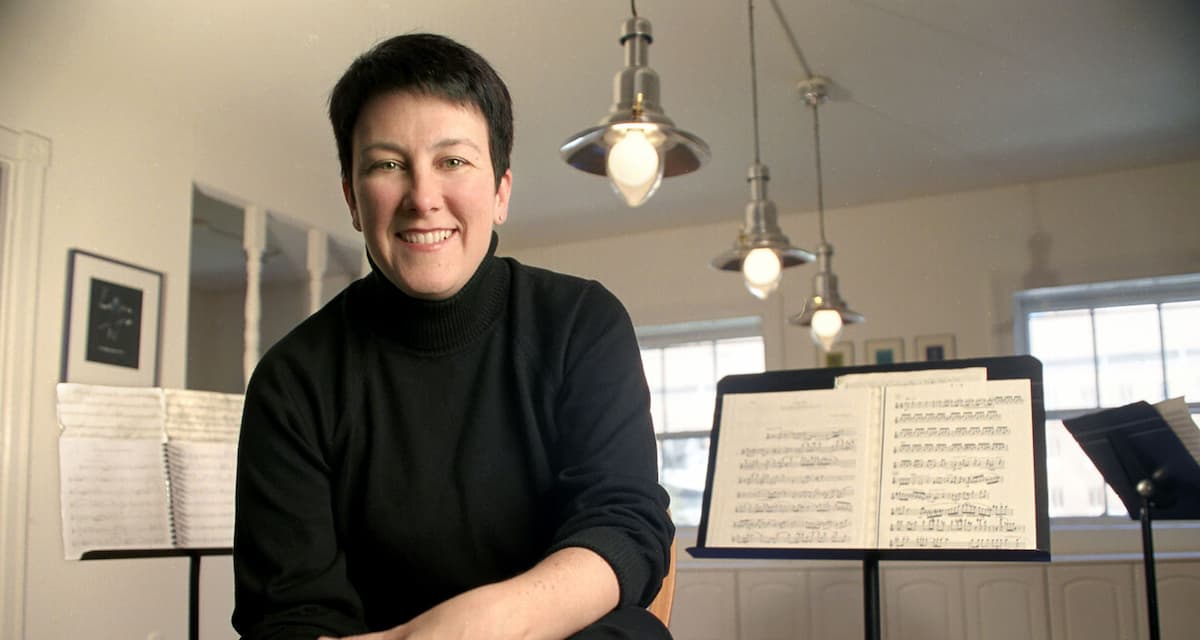
Jennifer Higdon
She attended Bowling Green State University for flute performance and began studying composition there. She later earned her master’s degree and PhD in composition from the University of Pennsylvania, where she studied under George Crumb.
In 1994 she became a professor at the Curtis Institute of Music, the most selective music school in America.
Her compositional style is tonal and accessible; it’s sometimes called neoromantic. Her music has received popular and critical acclaim. She has won three Grammy Awards for Best Contemporary Classical Composition (they were awarded for her percussion concerto, viola concerto, and harp concerto). In 2010 she won the Pulitzer Prize for Music.
Jessie Montgomery (1981-)
Jessie Montgomery was born to a composer and a playwright in New York City in 1982. She earned her bachelor’s degree in violin performance from Juilliard, and her master’s degree in film and media composition from New York University.
She values diversity, arts education, accessibility, and uses her music to engage with ideas and issues surrounding equity and social justice.
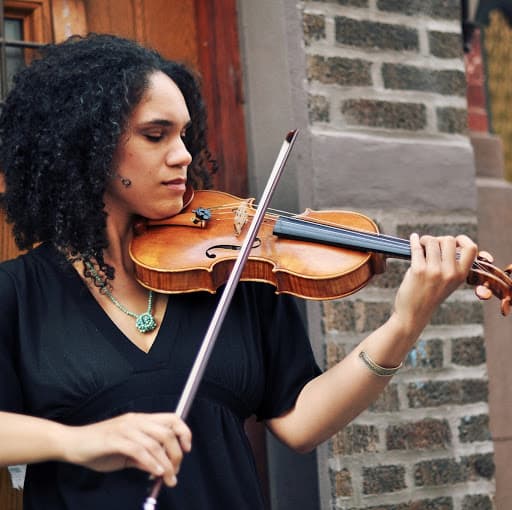
Jessie Montgomery
Her work blends all kinds of musical influences from all around the world, including countries like Mexico, Cuba, and Zimbabwe, and genres like swing, samba, and even techo.
In 2021, she was named the Chicago Symphony Composer-In-Residence.
Today she is one of the most frequently performed new music composers in America.